You are here
Please respect the outdoors by practicing Leave No Trace. Learn more about how to apply the principles of Leave No Trace on your next outdoor adventure here.
Campo to Warner Springs
Vancouver Island Pacific Rim, British Columbia
Smoky Mountains, North Carolina
Northern Green Mountains, Vermont
Northern Green Mountains, Vermont
Great Smoky Mountains National Park
Grand Teton National Park
Glacier + Northern Lewis Range, Montana





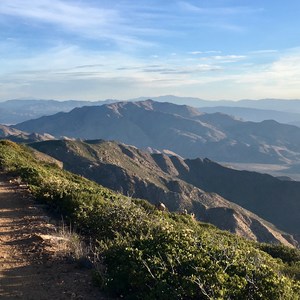
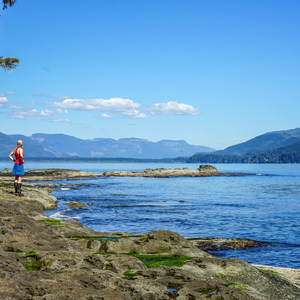
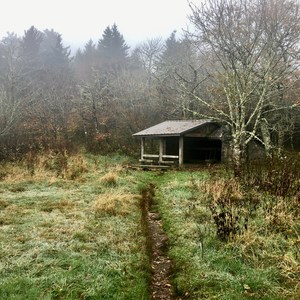
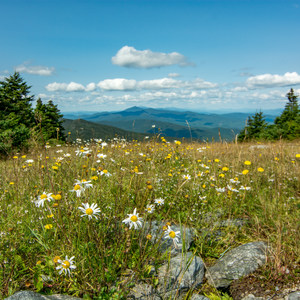
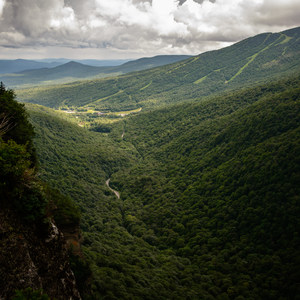
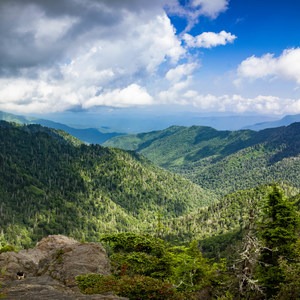
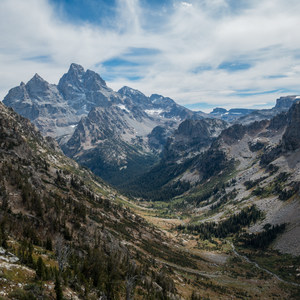



Comments
Sign In and share them.